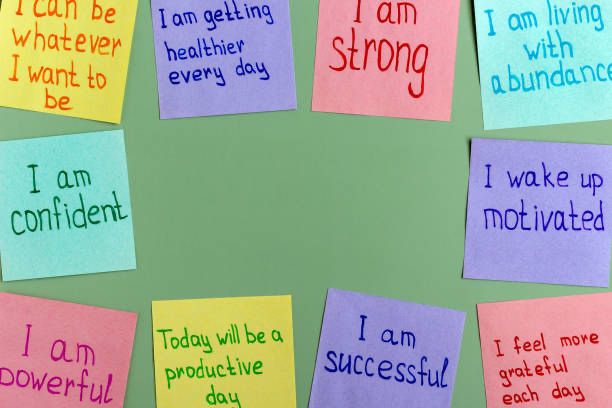
Life can be stressful and overwhelming at times, and finding inner peace can feel like a never-ending challenge. Between work, family, social obligations, and personal goals, it’s easy to feel like you’re constantly on the go and struggling to keep up. However, incorporating meditation and mindfulness into your daily routine can help you find a sense of calm and balance amidst the chaos.
In this guide, we’ll explore the benefits of meditation and mindfulness and share practical tips and techniques to help you find your Zen, even in the busiest of moments.
What are the benefits of meditation and mindfulness?
Meditation is a practice that involves focusing your attention and clearing your mind of distractions. Its roots can be traced back to ancient religious times in Egypt and China.
It’s an ancient practice that has been used for thousands of years to promote relaxation, reduce stress and anxiety, and enhance mental clarity and focus.
Mindfulness, on the other hand, is a form of meditation that involves paying attention to the present moment without judgment. It’s about being fully present and engaged in the current experience, rather than worrying about the past or future. Hence, both practices are symbiotic in nature, but why are they beneficial?
Here are some of their top benefits of meditation and mindfulness
Reduced stress and anxiety
By promoting relaxation and calming the mind, these practices can help reduce the levels of cortisol, a hormone associated with stress.
Improved concentration and focus
Meditation and mindfulness require focus and attention, which can improve your ability to concentrate and stay focused in daily life.

Better sleep
Meditation and mindfulness can also improve the quality of your sleep by promoting relaxation and reducing stress levels.
Enhanced emotional well-being
Regular practice can help you cultivate a sense of inner peace and happiness, and improve your ability to handle difficult emotions like anger and sadness.
Reduced symptoms of depression and anxiety
Studies have shown that meditation and mindfulness practices can help reduce symptoms of depression and anxiety by promoting relaxation and reducing stress levels.
How to get started with meditation and mindfulness
Set aside time – Start with just a few minutes each day and gradually increase as you become more comfortable.
Find a quiet space – Choose a quiet, peaceful place where you won’t be disturbed.
Get comfortable – Sit comfortably with your back straight and your hands resting in your lap.

Focus on your breath – Focus your attention on your breath, either by counting your breaths or simply observing the sensation of breathing.
Notice your thoughts – When your mind wanders, gently bring your attention back to your breath without judgment.
How to incorporate meditation and mindfulness into your daily routine
Here are some tips to help you make these practices a part of your daily routine;
Choose a consistent time – Choose a consistent time each day to practice, whether it’s in the morning, afternoon, or evening.
Set a reminder – Set a reminder on your phone or calendar to help you remember to practice each day.

Be flexible – Don’t beat yourself up if you miss a day or have to shorten your practice time. Be flexible and adjust as needed.
Mix it up – Explore different types of meditation and mindfulness practices, such as guided meditations, body scans, and walking meditations, to find what works best for you.
Examples of Meditation and Mindfulness Practices
Here are some examples of meditation and mindfulness practices you can try:
Mindful breathing – Focus your attention on your breath, either by counting your breaths or simply observing the sensation of breathing.
Body scan – Starting at your toes, scan your body to notice any sensations or tension. Release any tension you notice as you move up your body.

Walking meditation – Focus your attention on the sensation of walking, noticing the movement of your feet and the feeling of the ground beneath them.
Loving-kindness meditation – Repeat phrases of loving-kindness to yourself and others, such as “May I be happy, may I be healthy, may I be at peace.”

